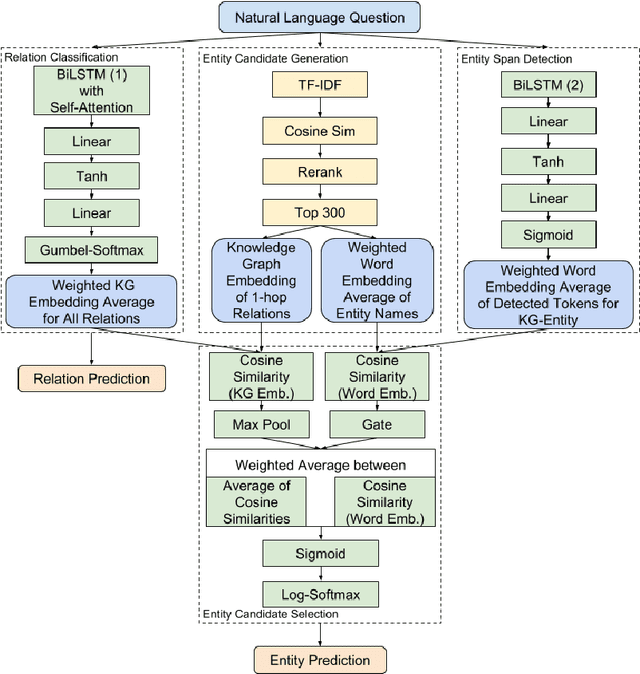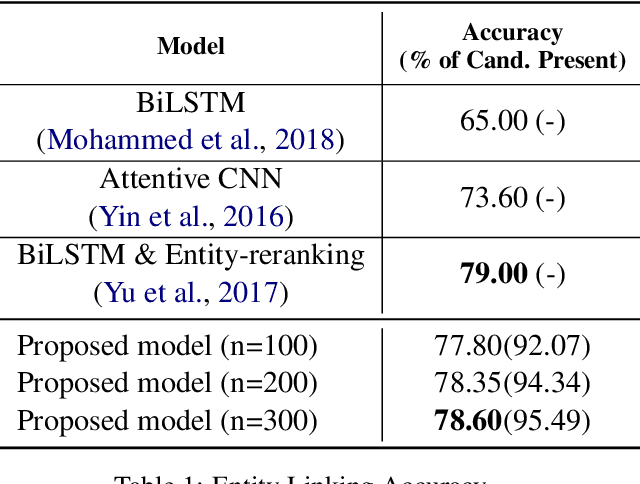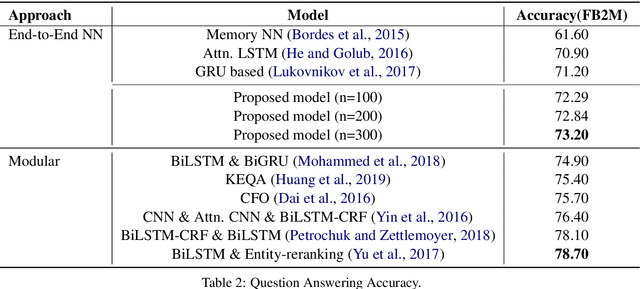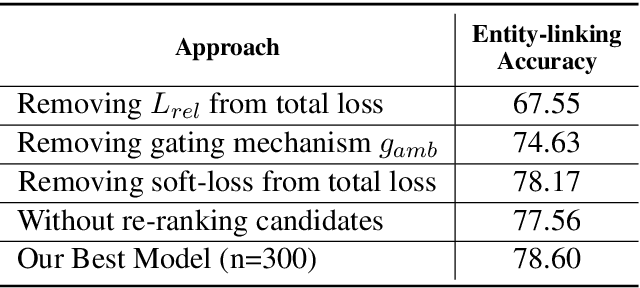Rostislav Nedelchev
How Different Is Stereotypical Bias Across Languages?
Jul 14, 2023Abstract:Recent studies have demonstrated how to assess the stereotypical bias in pre-trained English language models. In this work, we extend this branch of research in multiple different dimensions by systematically investigating (a) mono- and multilingual models of (b) different underlying architectures with respect to their bias in (c) multiple different languages. To that end, we make use of the English StereoSet data set (Nadeem et al., 2021), which we semi-automatically translate into German, French, Spanish, and Turkish. We find that it is of major importance to conduct this type of analysis in a multilingual setting, as our experiments show a much more nuanced picture as well as notable differences from the English-only analysis. The main takeaways from our analysis are that mGPT-2 (partly) shows surprising anti-stereotypical behavior across languages, English (monolingual) models exhibit the strongest bias, and the stereotypes reflected in the data set are least present in Turkish models. Finally, we release our codebase alongside the translated data sets and practical guidelines for the semi-automatic translation to encourage a further extension of our work to other languages.
End-to-End Entity Linking and Disambiguation leveraging Word and Knowledge Graph Embeddings
Feb 25, 2020



Abstract:Entity linking - connecting entity mentions in a natural language utterance to knowledge graph (KG) entities is a crucial step for question answering over KGs. It is often based on measuring the string similarity between the entity label and its mention in the question. The relation referred to in the question can help to disambiguate between entities with the same label. This can be misleading if an incorrect relation has been identified in the relation linking step. However, an incorrect relation may still be semantically similar to the relation in which the correct entity forms a triple within the KG; which could be captured by the similarity of their KG embeddings. Based on this idea, we propose the first end-to-end neural network approach that employs KG as well as word embeddings to perform joint relation and entity classification of simple questions while implicitly performing entity disambiguation with the help of a novel gating mechanism. An empirical evaluation shows that the proposed approach achieves a performance comparable to state-of-the-art entity linking while requiring less post-processing.
 Add to Chrome
Add to Chrome Add to Firefox
Add to Firefox Add to Edge
Add to Edge